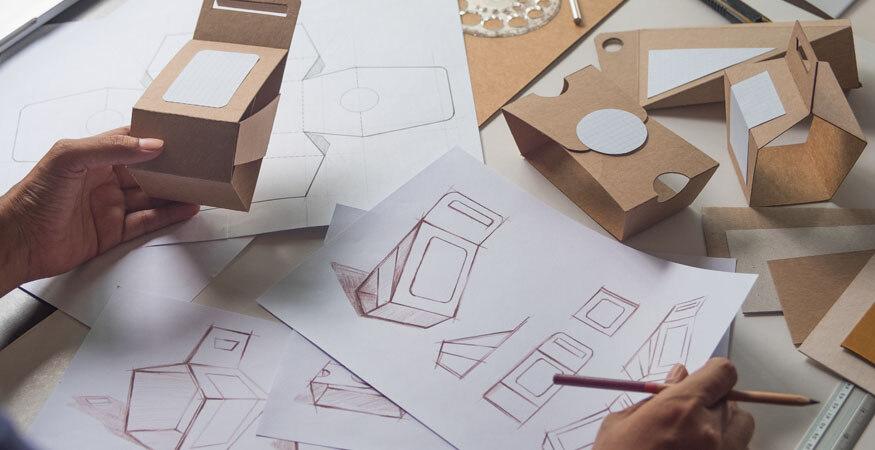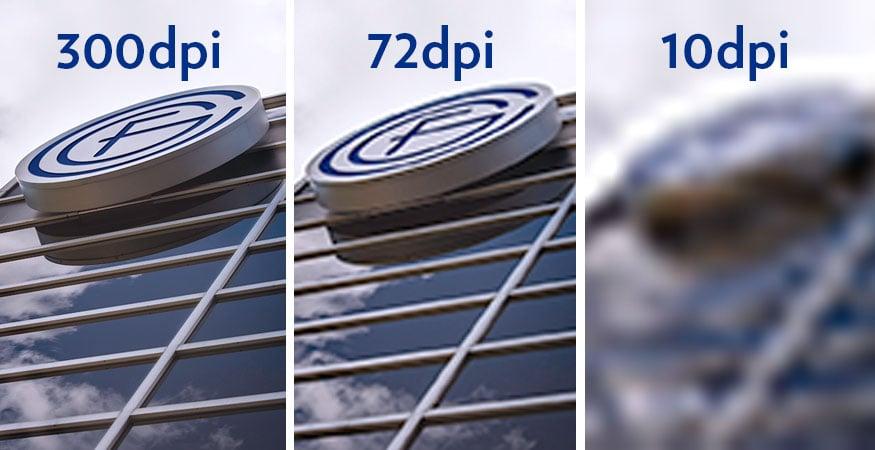It might be hard to remember now, but printing high quality, large format images is still a relatively new technology. In fact, it has only been since the early 1990s that digital printers could produce wide format prints on demand, and even then, the color fastness and supported media was often spotty.
So, it should be no surprise that large format digital press technology is still evolving and needs to be frequently upgraded or replaced. But the good news is that if you manage this change strategically, upgrading a large format printer will not just help you keep up with the times, but can give your print facility a competitive advantage.
Wide or large format printers are defined as a computer-controlled printer that can print to a maximum width of between 18" and 100". Wide-format printers are used to print banners, posters, trade show graphics, wallpaper, murals, vehicle image wraps, schematics, architectural drawings, construction plans, backdrops for theatrical and media sets and any other large format artwork or signage.
KEEPING PACE WITH A COMPETITIVE INDUSTRY
Here’s a Not-So-Fun-Fact: More than 90% of wide-format print jobs need to be turned around within 24 hours. To meet tight deadlines while producing high-impact, complex projects your print shop cannot afford a mistake or failure.
The print industry is a highly competitive industry, and if a print shop cannot keep up with print demand, customers will be happy to find someone who can meet their needs. If your current machines cannot meet higher print volumes or execute demanding projects, it may be time for a newer model. Other factors include print sizes, versatility, media types and the level of resolution needed to meet customer demands.
UPDATE HAS MANY MEANINGS
When we talk about updating your wide format print technology, it does not necessarily mean replacing an old device with a new model. The most important consideration is making sure your in-house print machines are keeping pace with capabilities in your industry.
Most importantly, the software, controllers, workflow software and operating system that help you manage and automate your processes are constantly changing to keep pace with the demands and needs of consumers. In particular, driver updates affect performance and firmware updates can improve paper and ink usage while boosting print speeds.
In addition, your organization needs to make sure your facility can support the needs of customers who may be using the latest versions of CAD software licenses, 3D modeling software, printing large GIS files or other advanced technology. It may suddenly be impossible to print out complex files like construction plans on an outdated large format printer. Also, remember that updates are not limited to software. As hardware changes, not investing in the latest ink technology could limit your ability to attract and retain customers who demand faster turnaround. The wrong choice can result in uneven surfaces, uncontrolled dot gain and poor image quality.
STOP PUTTING NEW TIRES ON AN OLD CAR
Sadly, every wide format printer has a life expectancy and usage limit. At some point, your device will slow down or fail altogether because some parts can’t keep up. That could be related to the paper feed mechanisms or a lack of memory to handle the large digital print files. The older your printer gets, the more likely these and other issues will arise.
Even worse, you may find that parts are no longer manufactured or are only available aftermarket at inflated prices. You will end up putting much more money into the repair than the machine is even worth. Your workflows could grind to a halt because of slow print speeds or other failures.
The good news is that we’ve seen lots of print production operations save money by changing print technologies. If your print volumes have risen, consider whether toner is a better solution than inkjet. Making the right choice can speed up the entire workflow of your office since everyone will no longer have idle time waiting for a print job.
There are many positive benefits that come with updating your large format printing device. Upgrading your large format printing equipment allows your company to access advanced capabilities available only in new devices and make more efficient use of ink and toner or advanced features like power saving mode.
GFC has been delivering high-end production print technology across the Midwest for almost 20 years and we’d love to show you how our print experts can help optimize your print environment. Contact us today to learn more about our full line of Canon and Ricoh large format printers.










